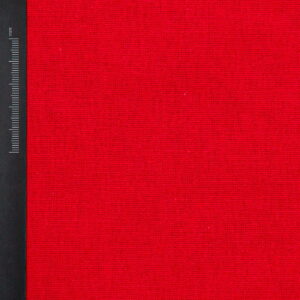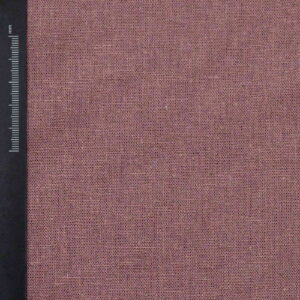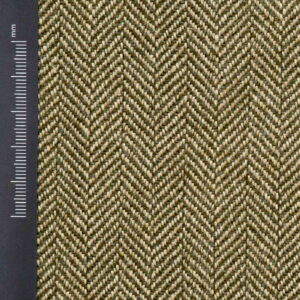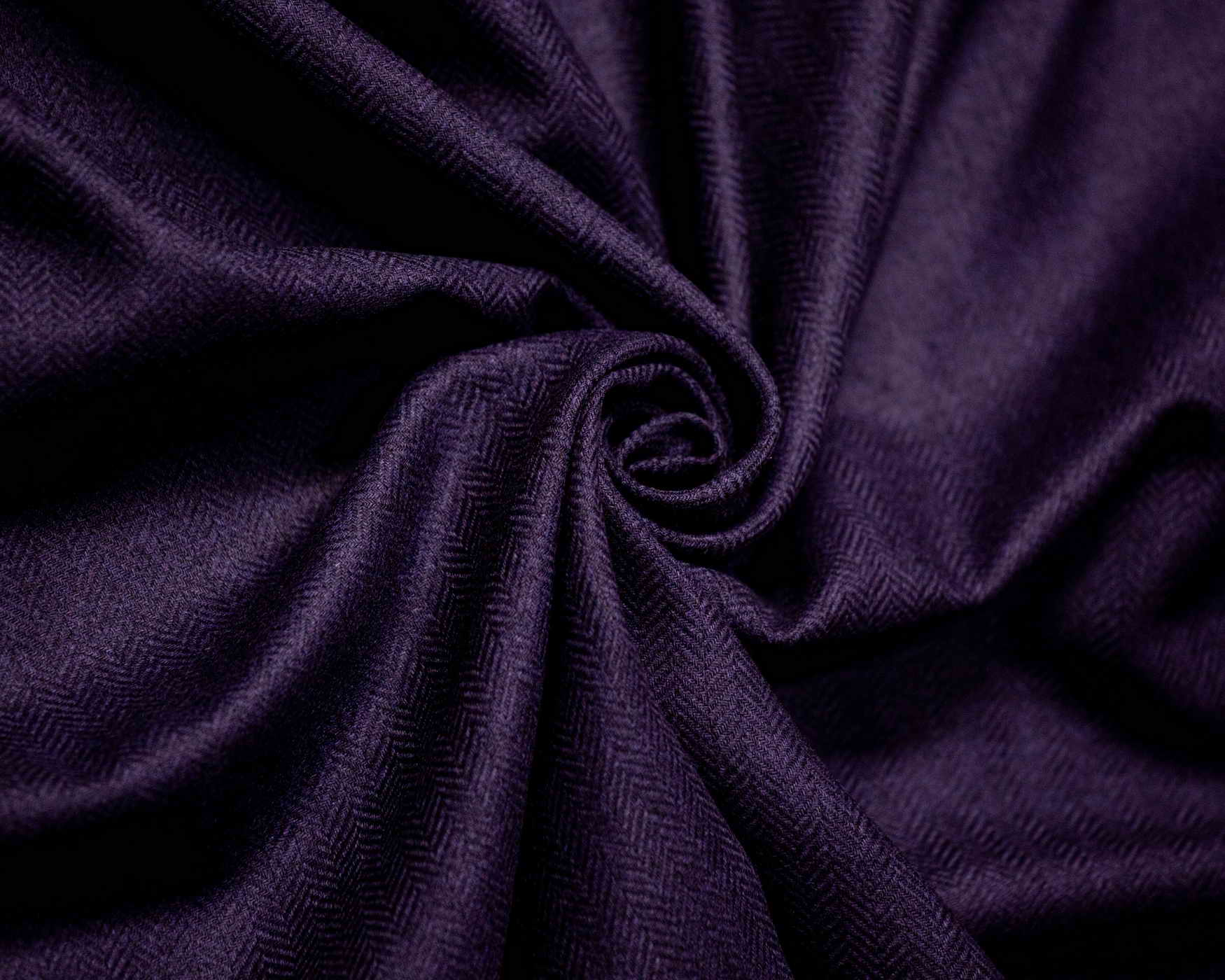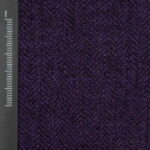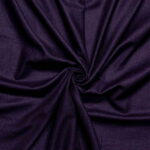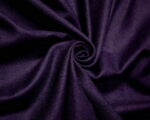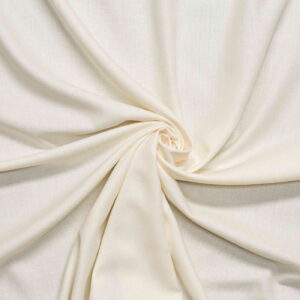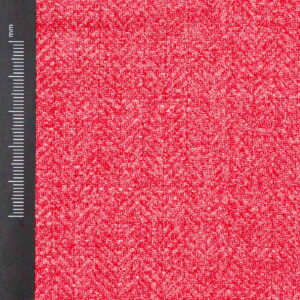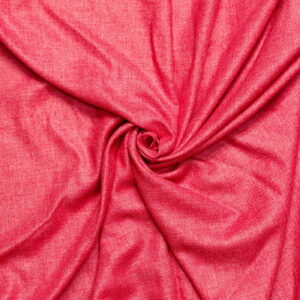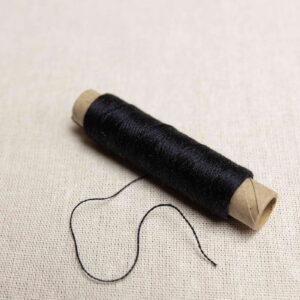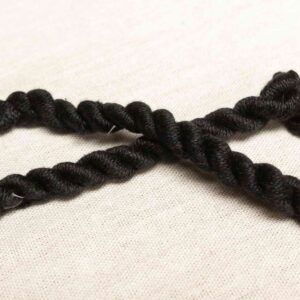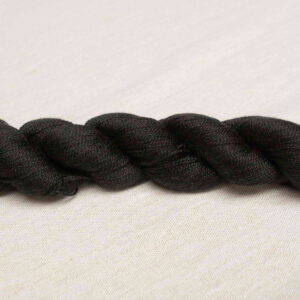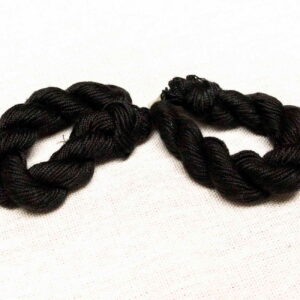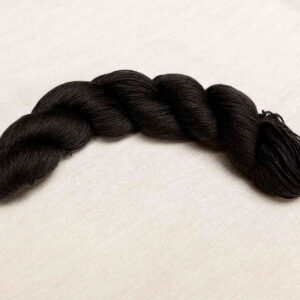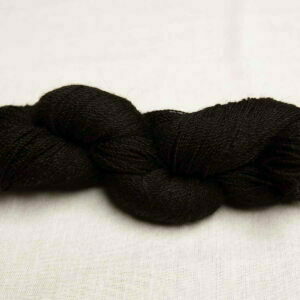The fabric made from wool-silk blend, spun in a 50:50 ratio, is a unique combination of two high-quality materials, offering a range of advantages but also carrying some disadvantages.
Advantages
- Ease and durability of dyeing: This blend allows for easy dyeing of the fabric, resulting in diverse, deep colors. Moreover, the combination of wool and silk ensures that the dyeing lasts longer, contributing to the color's durability.
- Resistance to damage: The fusion of wool and silk creates a fabric with exceptional resistance to mechanical damage, making it more resilient to tears and abrasions than some other fabrics.
- Resistance to shrinking: This blend provides greater dimensional stability to the fabric, meaning it is less prone to shrinking during washing or exposure to moisture.
- Gentleness of the material: Wool and silk fabric is incredibly gentle to the touch, making it comfortable and pleasant for the skin when wearing clothes made from this material.
- Material's sheen: Thanks to the addition of silk, the fabric acquires a delicate sheen, adding elegance and making it ideal for creating luxurious, high-quality garments.
- Incredible softness of the material: The combination of wool and silk creates a fabric with exceptional softness, making it enjoyable to wear for extended periods.
Disadvantages:
High cost of the product: One of the main drawbacks of this type of fabric is its cost. Due to the high-quality raw materials used, the production process, and the desired characteristics, products made from 50:50 wool-silk blend yarn are usually more expensive than garments made from other materials.
Although wool-silk fabric has many advantages, the price can be a significant factor in the choice for consumers. However, for those who value quality, durability, and comfort in wear, this material blend can be an attractive choice.
Exceptionally lightweight and delicate, ultra-thin wool and silk fabric proves to be a versatile choice for various applications that prioritize comfort, breathability, and a subtle touch. The inherent benefits of very thin fabric make it an ideal material for the following purposes:
Base layers: Capitalizing on its insulating properties without adding bulk, very thin fabric from wool and silk excels in crafting base layers. Tops and bottoms made from this fine fabric are perfect for outdoor pursuits such as hiking, skiing, or camping, providing insulation without compromising ease of movement.
Summer apparel: When seeking a lightweight, breathable option with a hint of insulation for summer attire, thin wool and silk garments fit the bill. Shirts, dresses, skirts, and shorts made from very thin wool and silk fabric offer a natural, moisture-wicking fabric, ensuring coolness in hot weather and protection against sudden temperature changes or chilly evenings.
Accessories: Very thin wool and silk fabric is a popular choice for crafting accessories like scarves, shawls, wraps, and lightweight blankets.
These items provide a touch of warmth and coziness without being cumbersome, adding versatility and ease of layering or carrying.
Baby clothing: Gentle on delicate skin, very thin wool emerges as an excellent option for baby clothing. Thin wool and silk fabric onesies, sleepers, hats, and booties offer natural insulation and breathability, ensuring the comfort of little ones throughout various seasons. The delicate nature of this fabric enhances its suitability for the sensitivity of baby skin, providing a cozy and nurturing experience.
Evening wear: The incredible softness of wool and silk fabrics also allows you to create amazing evening outfits. The light, flowing material is perfect for tight-fitting dresses or jumpsuits. The delicate shine thanks to the addition of silk makes them the star of the evening.
The herringbone weave is a distinctive pattern used weaving of fabrics. Its name comes from its resemblance to the skeleton of a herring fish, as the pattern consists of a series of V-shaped, chevron, or zigzag lines. Here are some characteristics of the herringbone weave:
The most prominent feature of the herringbone weave is its zigzag pattern, created by a series of parallel diagonal lines that reverse direction at regular intervals, forming V-shapes. The herringbone pattern is repetitive and symmetrical, creating a visually appealing design that is commonly used for decorative and aesthetic purposes. The weaving process of herringbone often creates a textured surface, adding depth and interest to the fabric. This can enhance both the visual and tactile qualities of the material.
The herringbone weave is known for its durability and strength. The interlocking diagonal structure provides stability to the fabric, making it suitable for a range of applications, including outerwear and upholstery.
Herringbone is a classic and timeless pattern that has been used for centuries. Its enduring appeal makes it a popular choice for traditional and contemporary designs alike.
Herringbone patterns can be woven with various color combinations, allowing for a wide range of design options. This makes it adaptable to different styles and preferences.
The herringbone weave is commonly used in tailored clothing, such as suits and blazers.
It adds a touch of sophistication and visual interest to the fabric, making it a popular choice for formal and semi-formal attire.
Overall, the herringbone weave is characterized by its distinctive and recognizable pattern, versatility, durability, and timeless appeal, making it a popular choice in the world of textiles and fashion.
The herringbone weave dates back to the turn between the Bronze Age and the Iron Age.
However, the popularity of the herringbone weave began to gradually decline until it became a less popular choice during the Middle Ages.
The herringbone weave experienced a remarkable revival in the 19th century, regaining its status as a symbol of sophistication and style. Tailors of the era, looking to elevate the craftsmanship of tailored suits, turned to herringbone wool. Its revival in the 19th century gave the herringbone a prominent position in the fashion world.
To this day, the herringbone weave remains an enduring symbol of classic style and sophistication. In contemporary fashion and design, the herringbone pattern remains a testament to its historicity, showing how a pattern that has stood the test of time continues to captivate and inspire subsequent generations.



